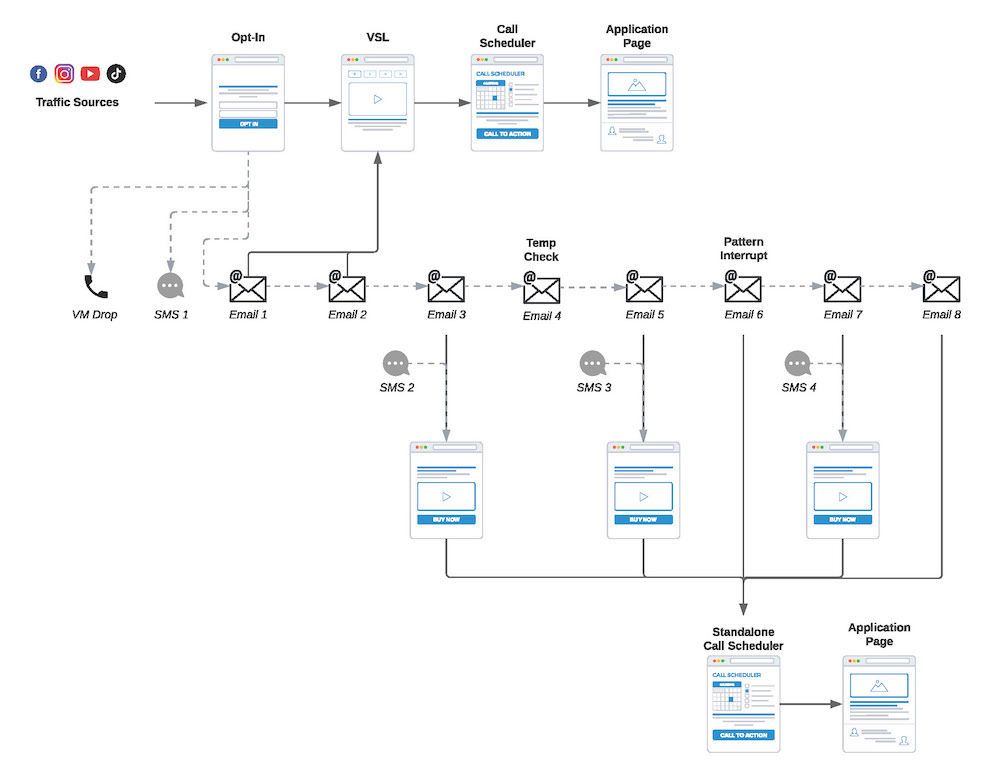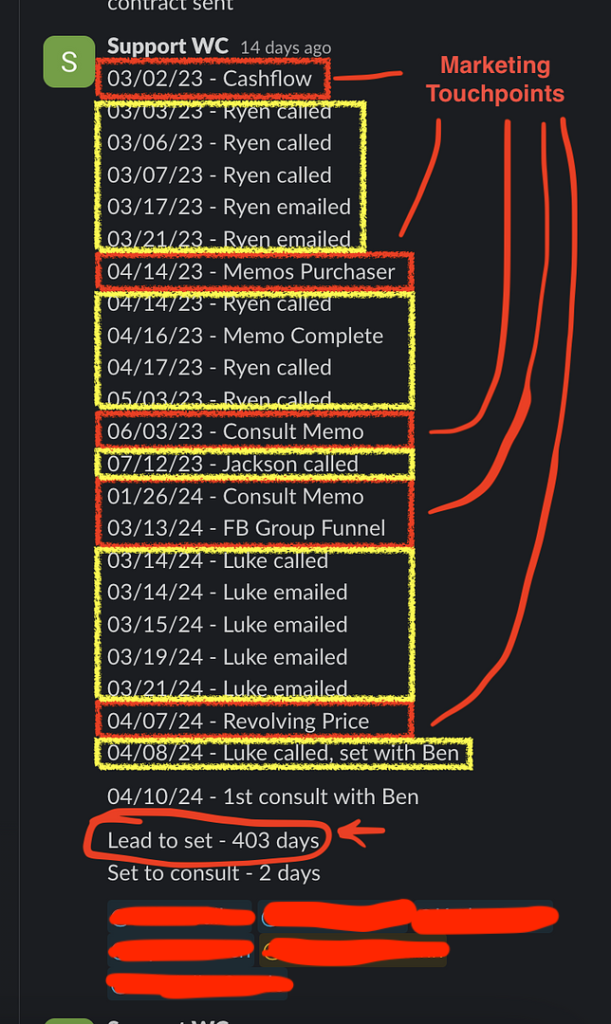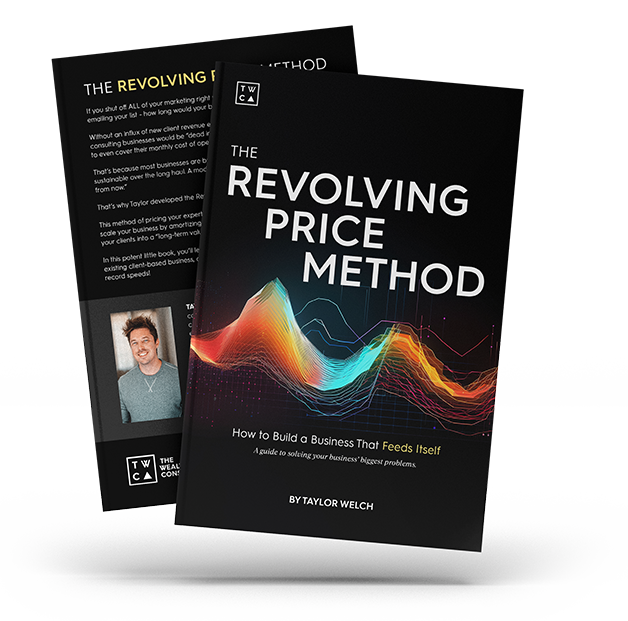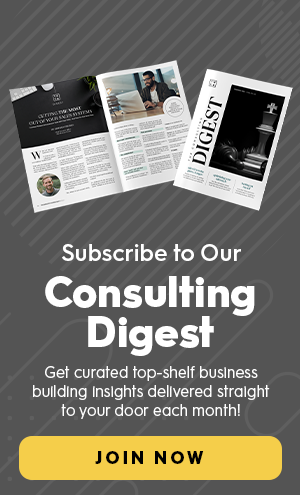The Death of Transactional Marketing
Days to Close and Long Time Horizons

Effective Front End Follow-Up
Broadcast Emails and “Working the List”
A Note on Persistence

Whenever a new client closes into one of our programs, our Support team takes a few minutes and compiles all of the Sales and Marketing “interaction points” – places where either they took an action to signal intent to us (via marketing) or we took an action to reach out to them (sales).
Take a look at the follow up on this. Sixteen sales interaction points over 403 days to produce a set and close.
And this is a mild example of one of our customer journeys!
The key here is that when it comes to multi-touch marketing and sales, most people give up far too early and far too easily.
Persistence and a willingness to play the long game is what separates the sheep from the goats. As long as the “frame” remains helping the prospect do what is in their best interest (rather than what best pads your bottom line), you can’t go wrong. Just don’t QUIT.

Take the Goodwill of Your Market and Turn it Into Repeatable Revenue
Once you master multi-touch marketing, the next step is converting the accumulated goodwill into recurring revenue that pays you again and again. The easiest and most sustainable way to do this is through a Revolving Price offer. We’d love to teach you about these offers and help get you started creating your own. Grab our brand new book, The Revolving Price Method, for just $3 and start learning!

